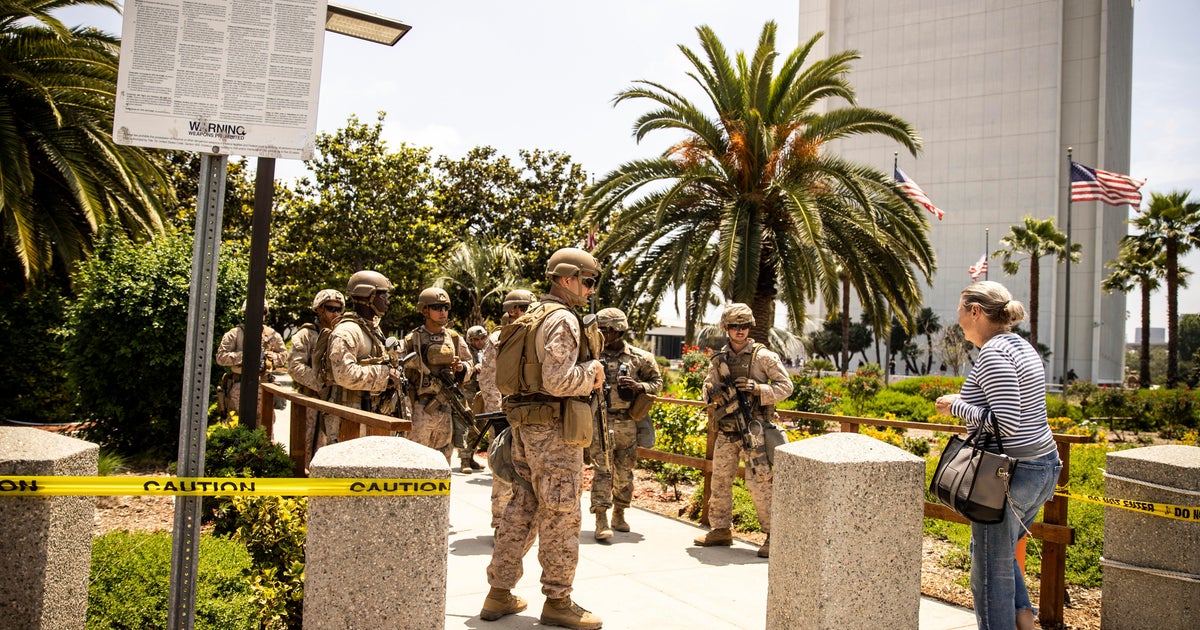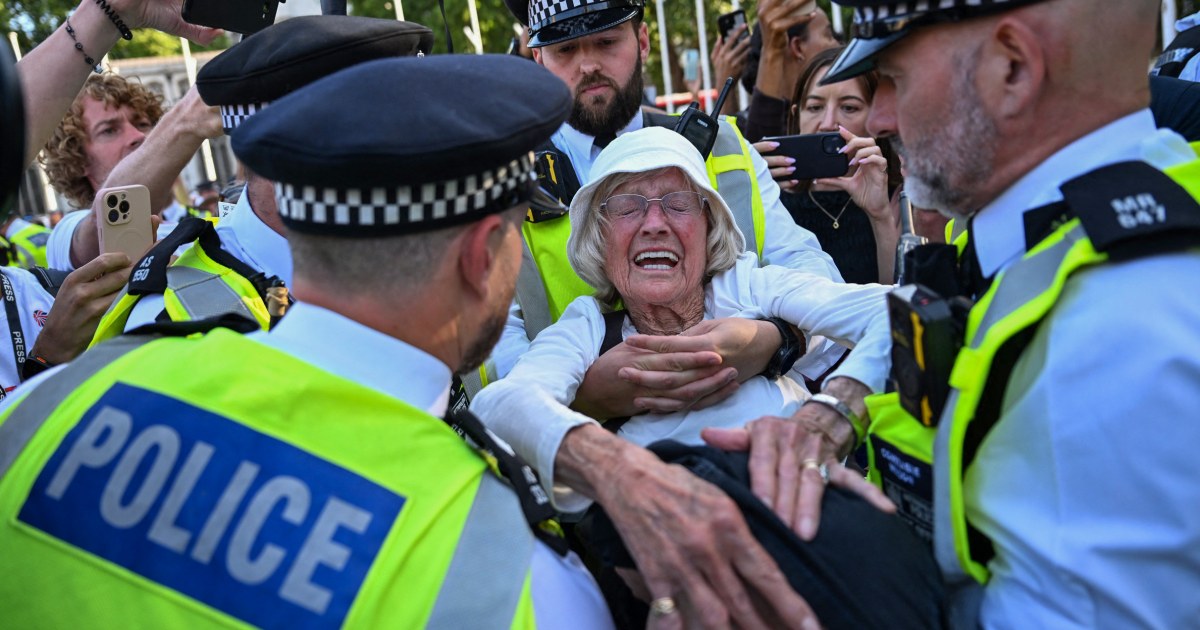Deploying National Guard Troops in D.C.: Controversy and Concerns
#national_guard #washington_d.c. #police #militarization #protests

Introduction
In the wake of the recent protests and demonstrations in Washington D.C., President Trump has deployed National Guard troops to the city. These troops will be carrying "service-issue weapons" as part of the president's efforts to federalize the city's police operations. This move has sparked controversy and debate, with some questioning the need for such a heavy military presence in the capital.
Key Details
The decision to deploy National Guard troops in D.C. is not unprecedented. In the past, troops have been called in to assist with security during large-scale events such as presidential inaugurations. However, this deployment is different in that the troops will be carrying weapons, which has sparked concerns about the militarization of the city. Additionally, there are questions about the legality of federalizing the city's police operations. Some argue that it goes against the principles of local control and could potentially lead to abuses of power.
Impact
The presence of armed National Guard troops in D.C. raises concerns about the use of force and the potential for clashes with demonstrators. It also highlights the ongoing debate around the role of the military in domestic affairs. This move by President Trump has further divided opinions and highlighted the need for a larger conversation about the use of force and the federalization of local law enforcement. As the situation in D.C. continues to unfold, it remains to
About the Organizations Mentioned
National Guard
## Overview The National Guard is a unique component of the United States Armed Forces, serving as both a state and federal military reserve. It is divided into the Army National Guard and the Air National Guard, each functioning as the primary combat reserve for the U.S. Army and Air Force, respectively[1][5]. Unlike other military reserves, the National Guard can be activated by state governors for domestic emergencies—such as natural disasters, civil unrest, or public health crises—while also being deployable overseas by the president during national emergencies or conflicts[1][2]. This dual role makes it a critical bridge between civilian life and military service, with most members serving part-time while maintaining civilian careers or education[1][7]. ## History The National Guard traces its origins to 1636 in Salem, Massachusetts, making it the oldest military organization in the U.S.[4][6]. Initially formed as local militias for community defense, it evolved into a structured reserve force integral to every major U.S. conflict since the nation’s founding[6]. The modern National Guard was formally established by the Militia Act of 1903, which standardized training and equipment across states and created a federal role for the Guard[4]. ## Key Achievements The National Guard has been pivotal in both domestic and international crises. Domestically, Guard units have responded to hurricanes, wildfires, the COVID-19 pandemic, and civil disturbances, providing essential support to local authorities[2][6]. Internationally, Guard units have deployed to conflicts in Afghanistan, Iraq, and the Balkans, as well as peacekeeping and training missions worldwide[2][5]. The Guard’s State Partnership Program also fosters military cooperation with over 100 nations, enhancing global security partnerships[5]. ## Current Status and Notable Aspects Today, the National Guard comprises approximately 430,000 members across all 50 states, Washington, D.C., and U.S. territories[1][6]. It is overs
Federal Government
The **Federal Government of the United States** is the national governing body established by the U.S. Constitution, operating under a system of federalism where power is shared between the national government and the 50 individual states[1][3]. It is divided into three distinct branches—**legislative**, **executive**, and **judicial**—each with constitutionally defined powers designed to balance and check one another to prevent any single branch from becoming too powerful[1][2][5]. The **legislative branch**, embodied by the bicameral Congress (the House of Representatives and the Senate), is responsible for creating laws, declaring war, regulating interstate and foreign commerce, and controlling federal taxing and spending policies[2][6]. The **executive branch**, headed by the President and including the Vice President and 15 Cabinet-level departments, enforces laws and manages federal agencies[2][6]. The **judicial branch** includes the U.S. Supreme Court and lower federal courts, tasked with interpreting laws and ensuring they comply with the Constitution[2][5][7]. Historically, the federal government was established in 1789 following the ratification of the Constitution, which laid the foundation for a representative democracy and division of powers. It has since grown to govern a nation of 50 states with diverse populations and territories, including the District of Columbia and sovereign Indigenous tribes under federal jurisdiction[1][4]. The government’s structure symbolizes stability and democratic governance, with Washington, D.C. serving as the central seat of power[1][4]. Key achievements include establishing a comprehensive legal framework that balances federal and state powers, managing national defense and foreign policy, and continually adapting to technological and societal changes. The government oversees numerous agencies that drive innovation, security, and public services, such as the Federal Bureau of Investigation and National Oceanic and Atmospheric Administration[1]. Today, the federal government remains a critical institution influencing business, technology, and societal progress, maintaining constitutiona







